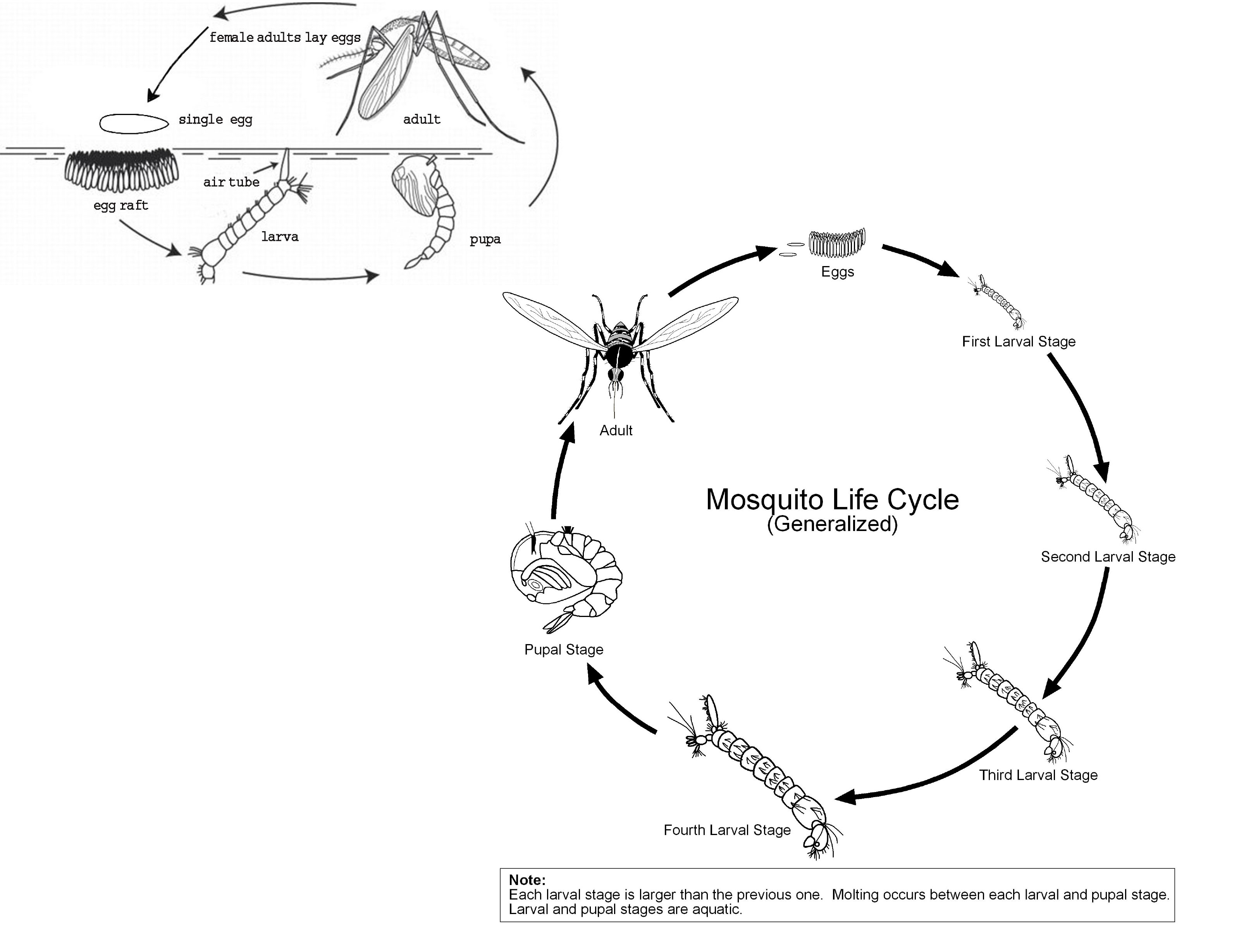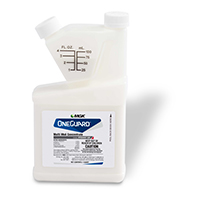Regardless of whether they’re making headline news, mosquitoes are a nuisance pest — still well known for their itchy bites, annoying buzzing and potential to transmit disease.
The diseases they transmit and the resulting effects can be scary to many people, and for good reason. Fortunately, they aren’t the norm, but they do happen, and it is understandable that people want to minimize their risk.
Pest management professionals (PMPs) add a level of comfort to their customers’ everyday lives by reducing mosquitoes in and around the areas where they live and work. Understanding mosquito biology, behavior and treatment techniques, along with having the right product in your tank, is paramount to control.
Here are some helpful tips that every PMP should know and consider to cover their mosquito management bases.
- Mosquito anatomy
- Mosquito lifecycle
- Inspection overview
- Customer communication tips
- Planning for pre-treatment
- Treatment solutions
- Tips for post-treatment
- Mosquito resources
Anatomy of the mosquito
Mosquitoes are slender, long-legged insects that measure 1/8- to 1/4-inch long. Their hind wings are shrunken and modified into small, knobbed structures called halters, which function as stabilizers during flight. Mosquitoes have scales or hairs on their wings, legs and other body parts. Their mouthparts consist of a pair of palpi (sensory organs) and a long proboscis that females use to pierce skin and to suck blood.
The mosquito lifecycle
Complete metamorphosis occurs in four stages: egg, larva, pupa and adult. The entire lifecycle is completed in seven days to several weeks, depending on environmental conditions. Note that three out of the four stages of metamorphosis are aquatic.
Additionally, mosquitoes evolve quickly to changes in their environment, such as the presence of insecticides, since they are capable of producing many generations in a short time. The high numbers of individual mosquitoes in field populations — combined with rapid reproduction — result in their ability to evade control at an alarming rate. Therefore, effective treatment plans will be multi-pronged.

Click image to enlarge. PHOTO: MGK
A proper inspection
Effective treatments start with an integrated pest management (IPM) approach. Inspect the entire area for harborage (shady areas, heavy foliage) and breeding sites (standing or stagnant water). Remove all sources of standing water and other breeding sites. It is important to include the customer in this process, and to communicate the importance of correcting all conducive conditions.
Customer communication
Listen carefully to the customer, and communicate the treatment plan and expectations. Depending on the situation, you may need to discuss cutting the grass, trimming excess vegetation and removing all standing water.
Set realistic expectations, and inform your customer of what to expect after treatment. Point out that even with the best effort, it may not be possible to accomplish 100 percent mosquito reduction after treatment, but that reducing the overall population will ultimately reduce bites. Fill out this mosquito inspection sheet to show your customers conducive conditions in their own yard and neighboring areas to help manage expectations.
Planning for pre-treatment
If a chemical treatment is necessary, first remove all toys, pet or animal items from the treatment area. Some items can be put in plastic bags. If possible, cover or remove any food and food contact surfaces such as tables and grills. It is also best to turn off all sprinkler systems until after the application and product has dried.
Check areas such as fence lines for the presence of people, pets, etc., that should not be in the treatment area. Additionally, for best results, schedule treatments when rain is not expected.
Treatment solutions
Determine and select the appropriate product solution for the treatment plan. Use a combination product that includes a residual adulticide, synergist and insect growth regulator (IGR) for maximum control. Each component features a unique benefit to mosquito control:
- Adulticides are important because they provide immediate relief from an adult population of biting mosquitoes. Microcapped formulas provide controlled release of the active ingredient, thereby providing control for an extended period of time on difficult surfaces.
- Synergists combat insecticide resistance present in the mosquito population. Piperonyl butoxide (PBO) is commonly used; it prevents the breakdown of the insecticide in the insect, leading to increased efficacy at lower insecticide concentrations.
- IGRs have a very different mode of action than adulticides. They have been shown to prevent mosquito larvae and pupae from becoming adults, and also reduce egg hatch from female mosquitoes that have come in contact with the product.

PHOTO: MGK
Treat all harborage areas, including shaded areas, foliage, shrubs and areas with little air movement (soffits and entryways). Remember the ideal target area is the bottom 20 feet of trees.
Use OneGuard® Multi MoA Concentrate, an all-in-one mosquito control product containing a knockdown, microcapped residual adulticide, IGR and synergist. Learn more about OneGuard Multi MoA Concentrate.
Post-treatment tips
After treatment, re-inspect the area during your next treatment interval. Always be aware of product retreatment intervals before reapplying.
During surveillance after treatment, live larvae and pupae may be seen due to the IGR effects. Do not conclude that the IGR is ineffective. The larvae and pupae will eventually die and not mature to the adult stage.
MGK mosquito control resources
- Mosquito control protocol
- Mosquito infographic poster
- Mosquito control tool kit
- OneGuard Multi MoA video
MGK has been protecting and improving the lives of people for more than a century. MGK develops and markets a broad portfolio of mosquito control products for residential, commercial and equine structures. Visit MGK.com to learn more.
Looking for tools to increase the efficiency of your applications? Be sure to check out:
This page was produced by North Coast Media’s content marketing staff in collaboration with MGK. NCM Content Marketing connects marketers to audiences and delivers industry trends, business tips and product information. The Pest Management Professional editorial staff did not create this content.
Header photo: iStock.com/SVproduction; Featured photo: iStock.com/KatarzynaBialasiewicz
